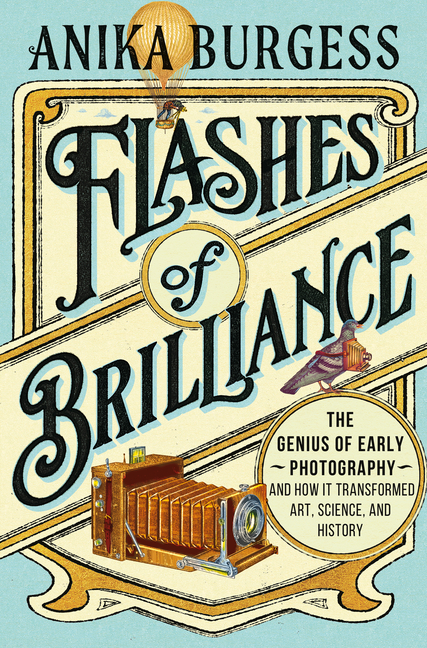Description
Today it's routine to take photos from an airplane window, use a camera underwater, watch a movie, or view an X-ray. But the photographic innovations more than a century ago that made such things possible were experimental, revelatory, and sometimes dangerous--and many of the innovators, entrepreneurs, and inventors behind them were memorable eccentrics. In Flashes of Brilliance, writer and photo editor Anika Burgess engagingly blends art, science, and social history to reveal the most dramatic developments in photography from its birth in the 1830s to the early twentieth century.
Writing with verve and an eye for compelling details, Burgess explores how photographers uncovered new vistas, including catacombs, cities at night, the depths of the ocean, and the surface of the moon. She describes how photographers captured the world as never seen before, showing for the first time the bones of humans, the motion of animals, the cells of plants, and the structure of snowflakes. She takes us on a tour of astonishing innovations, including botanist Anna Atkins and her extraordinary blue-hued cyanotypes and the world's first photobook; Eadweard Muybridge and Étienne-Jules Marey's famed experiments in capturing motion and their long legacy; large format photography and photographs so small as to be invisible to the naked eye; and aerial photography using balloons, kites, pigeons, and rockets. Burgess also delves into the early connections between photography and society that are still with us today: how photo manipulation--the art of "fake images"--was an issue right from the start; how the police used the telephoto lens to surveil suffragists; and how leading Black figures like Sojourner Truth and Frederick Douglass adapted self-portraits to assert their identity and autonomy.
Richly illustrated and filled with fascinating tales, Flashes of Brilliance shows how the rise of a new art form transformed culture and our view of the world.
Product Details
- Jul 8, 2025 Pub Date:
- 1324051108 ISBN-10:
- 9781324051107 ISBN-13:
- English Language




